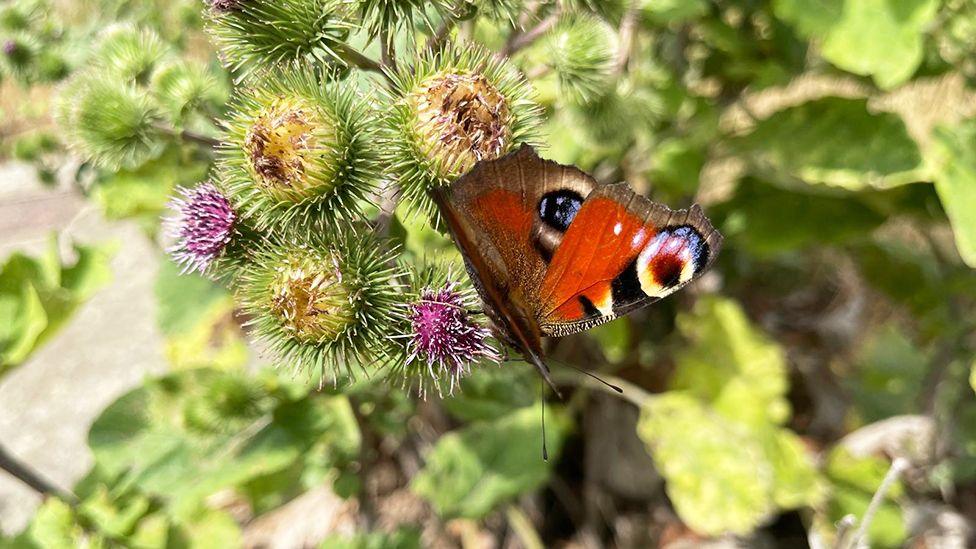Butterfly count to assess population 'emergency'
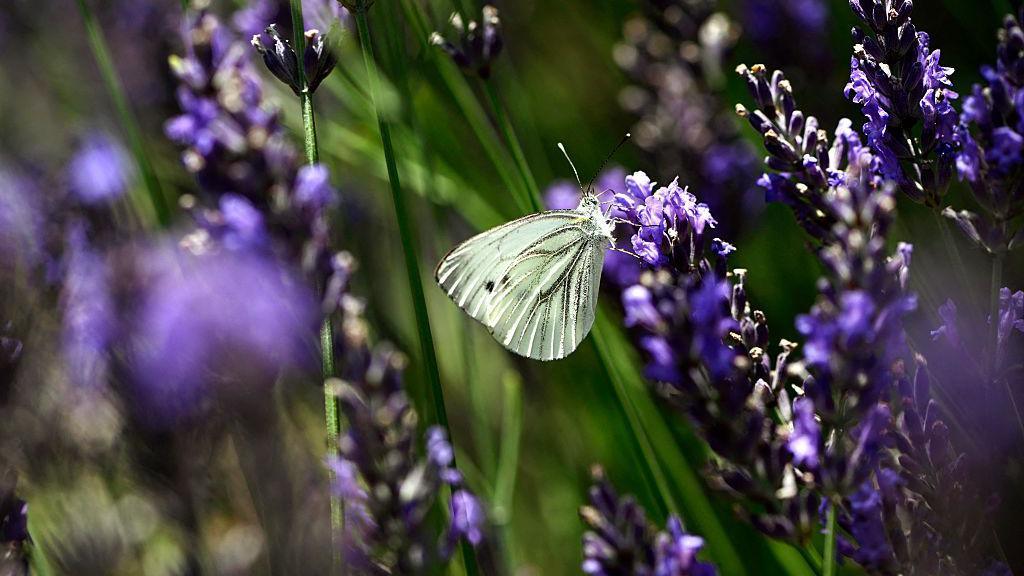
A healthy butterfly population indicates a healthy environment, experts have said
- Published
People are being urged to count the butteries and moths they see to help experts assess the "butterfly emergency".
Conservationists and students from St Swithun's School in Winchester gathered on Magdalen Hill Down in Hampshire to mark the start of the 24-day Big Butterfly Count 2025.
Simon Saville from Butterfly Conservation, which runs the project, said the health of butterfly populations was a "really good indicator" of how well other wildlife was doing.
"If you don't see butterflies then you should be worried and we should be taking action to improve the natural world," he said.
Last year's butterfly count yielded concerning results, with low numbers prompting Butterfly Conversation to declare an "emergency".
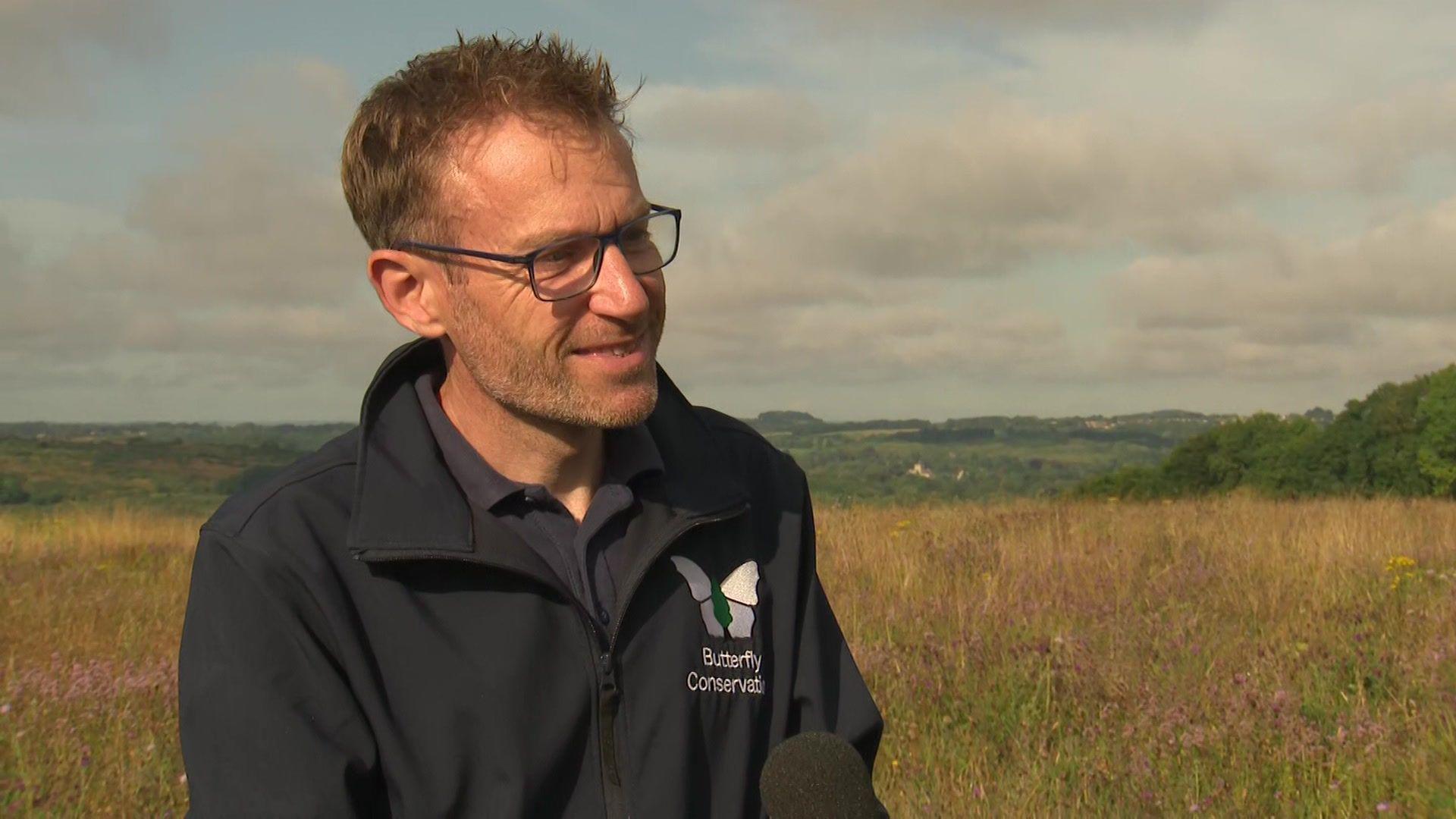
Dr Dan Hoare said the butterfly count was a way of tracking nature every year
The event runs from 18 July to 10 August.
People are encouraged to choose a spot and count the butterflies and moths they see there for 15 minutes per day, logging it on the website or via the app.
"Then our data scientists will get those numbers and crunch the numbers," said Dr Dan Hoare from Butterfly Conservation.
"It's a way of tracking the state of nature every year, reacting to the kind of wild weather rollercoaster that we have now."
There are hopes that, with the warm weather, this year's count could be more positive.
"It's looking really promising," said Dr Hoare.
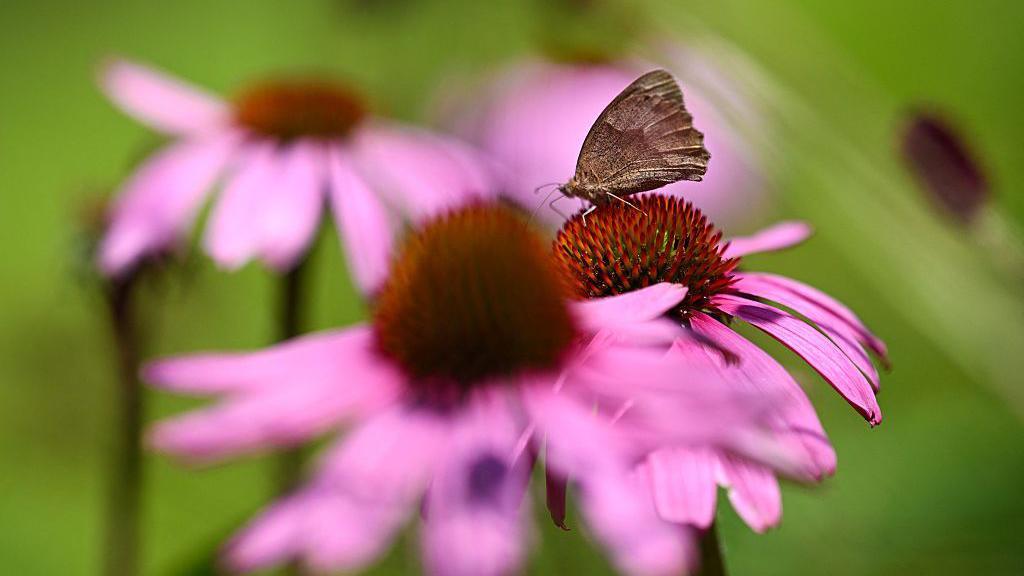
The Big Butterfly Count runs until 10 August
And it is not just about butterflies, according to site manager Fiona Scully.
"Moths are often underrated but they're still very important for pollination, and there's so many more moths - there's 2,500 species of moth, which vastly outweighs the number of butterflies," she said.
"They're doing a very important job of pollination, and they're also incredibly important in our food chain... they're really needed to support other animals."
Get in touch
Do you have a story BBC Hampshire & Isle of Wight should cover?
You can follow BBC Hampshire & Isle of Wight on Facebook, external, X, external, or Instagram, external.
- Published18 September 2024
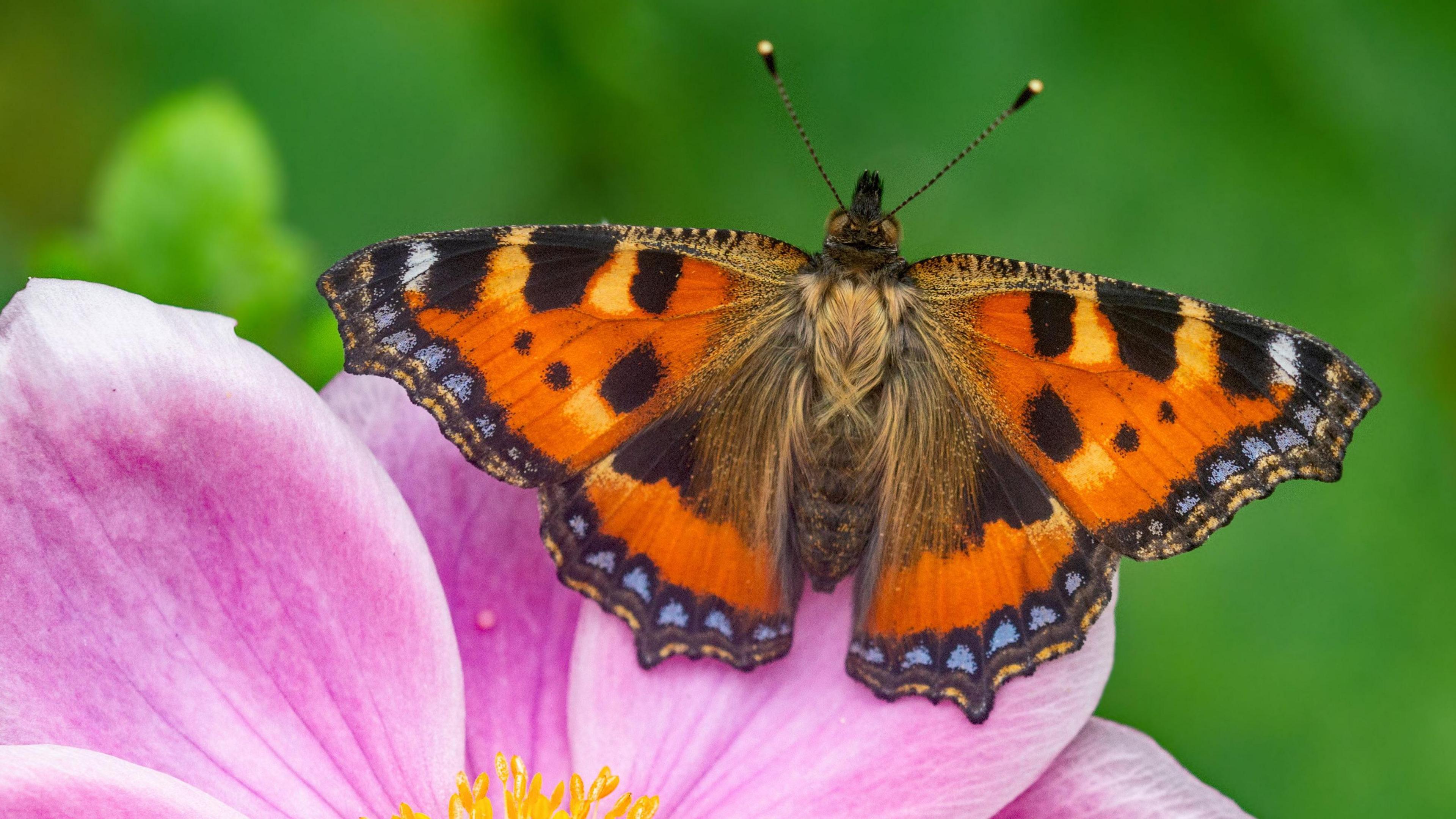
- Published17 July
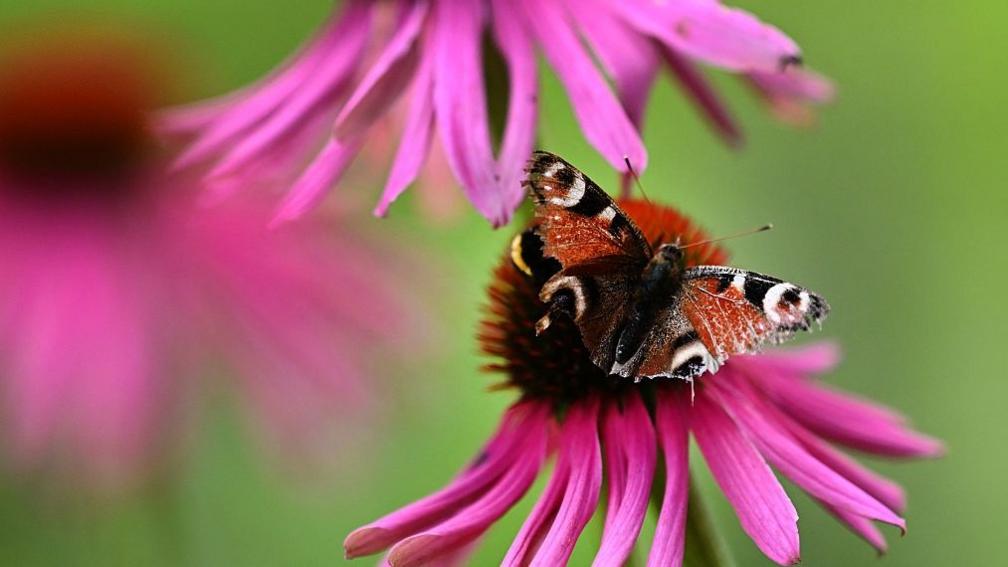
- Published17 July
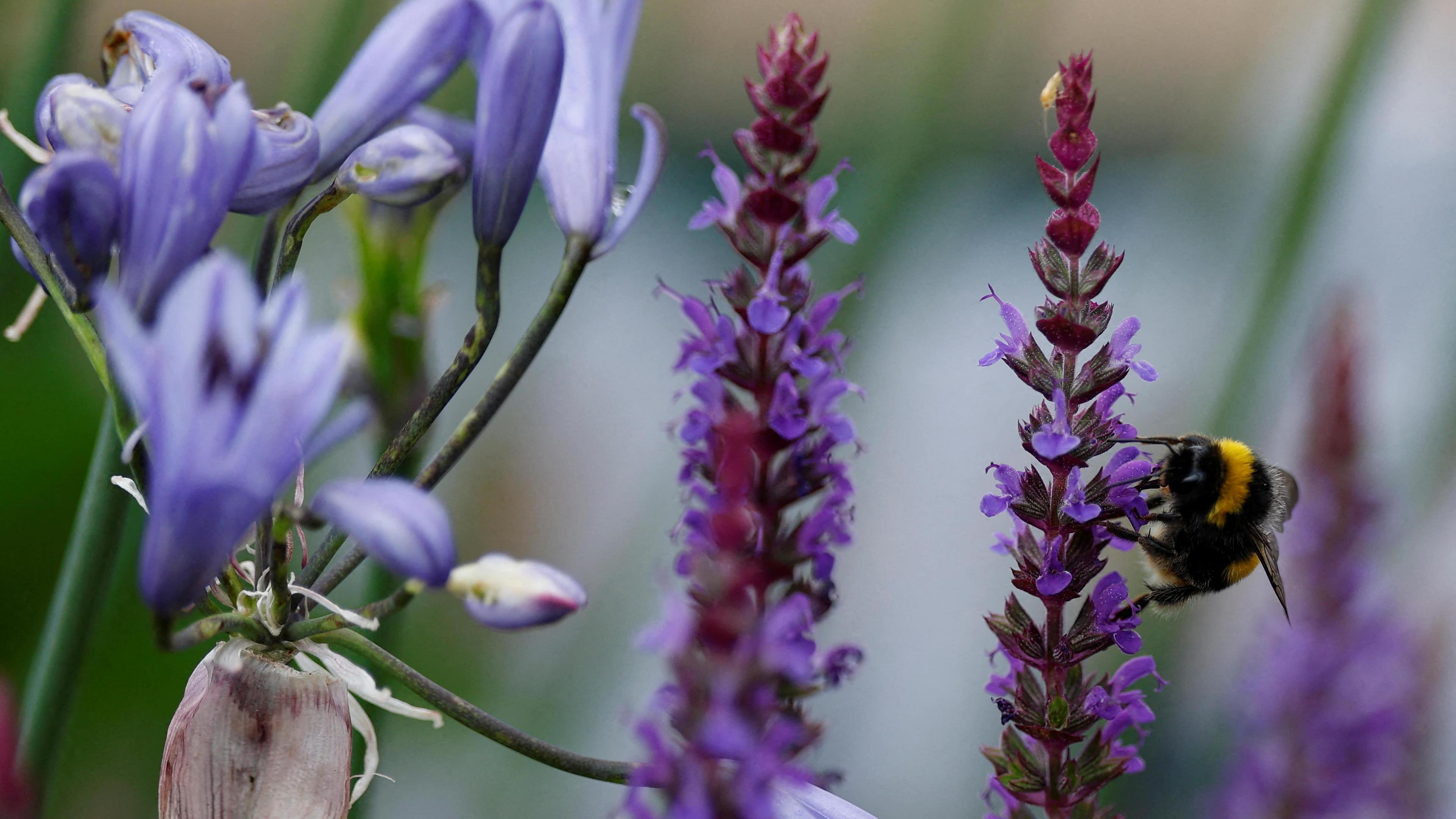
- Published14 July
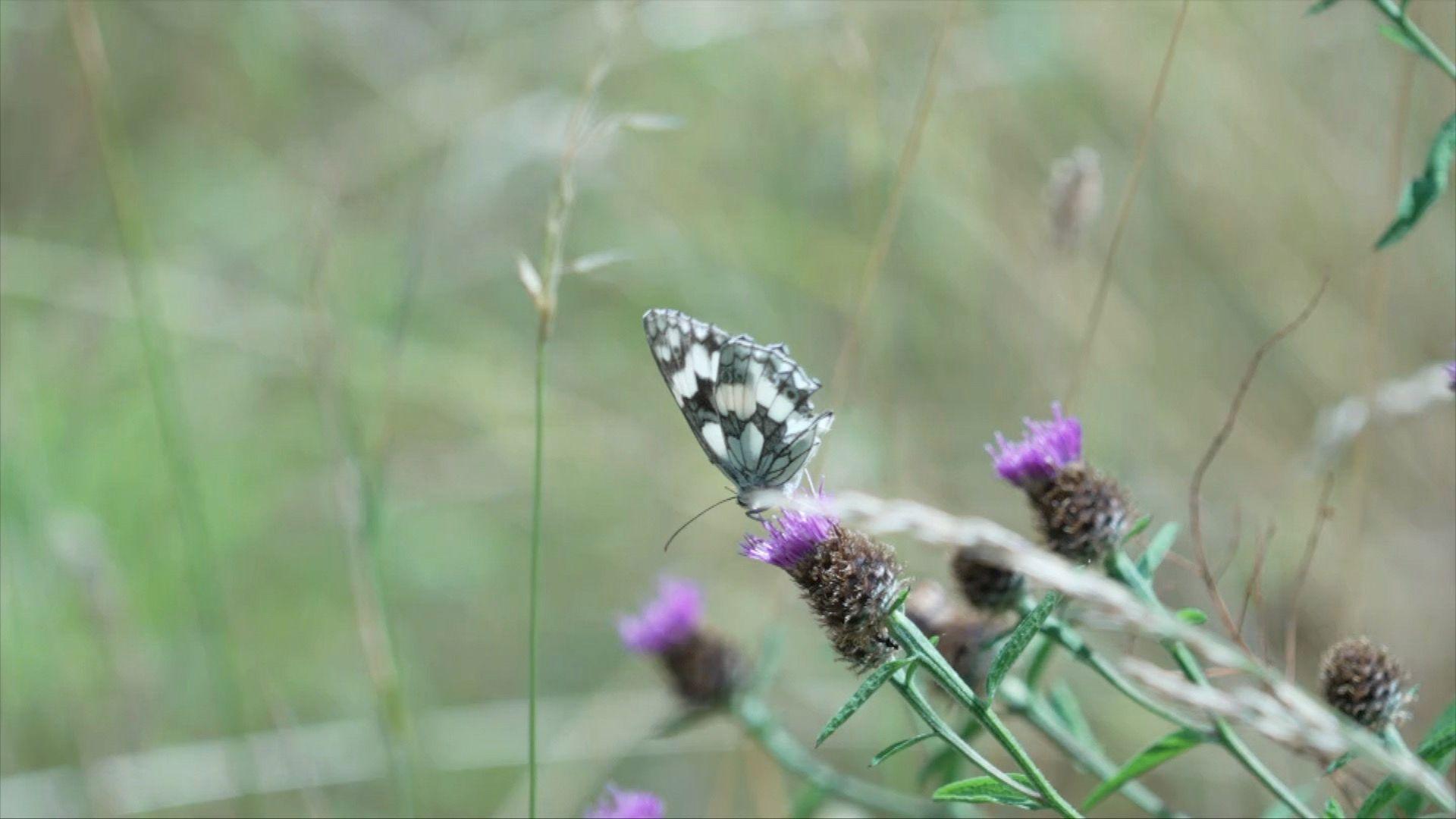
- Published13 July
